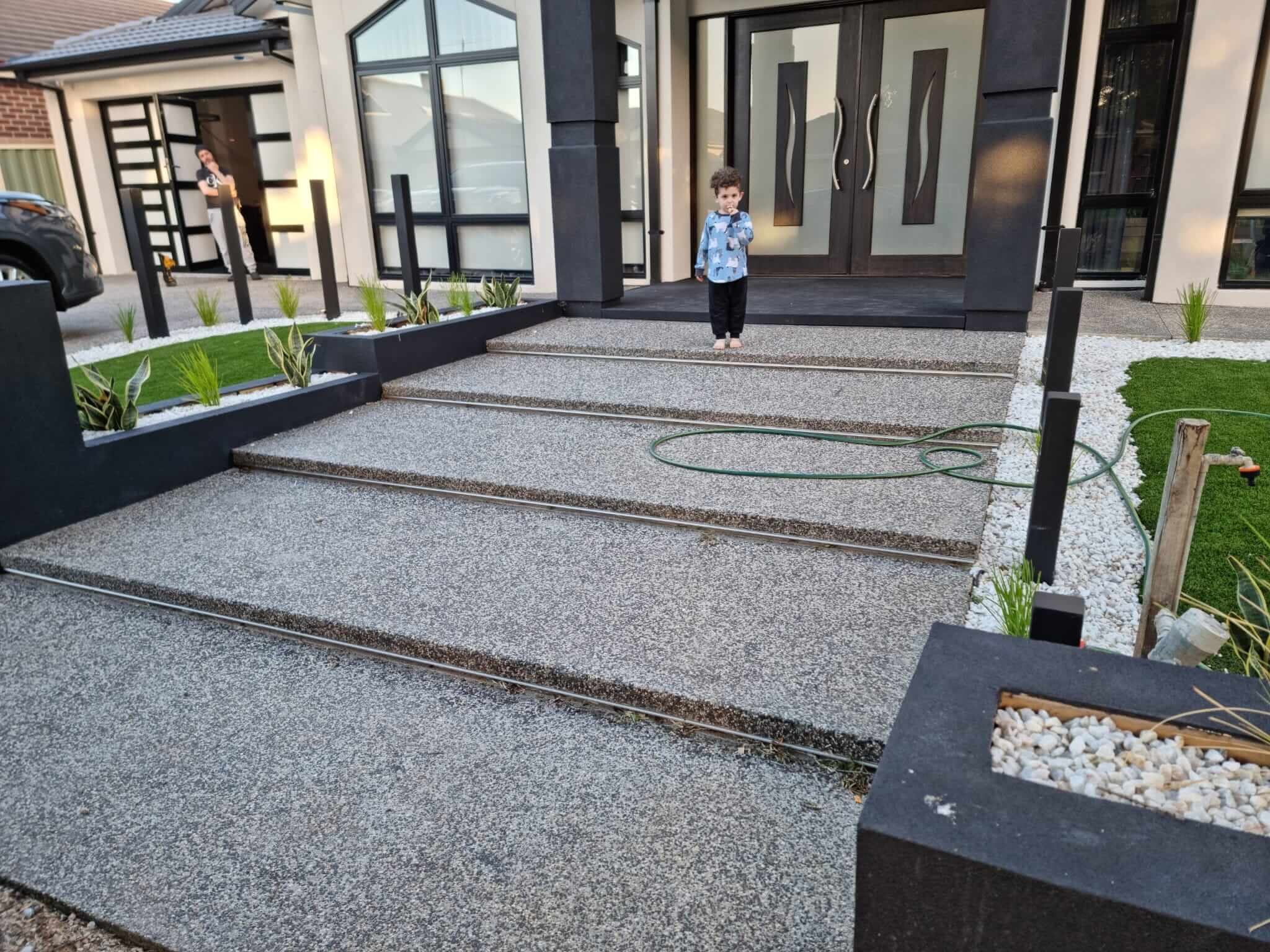Landscaping is an art that combines creativity, nature, and functionality to enhance the beauty and usability of outdoor spaces. For homeowners in Melbourne and Victoria, working with a professional landscaper in Melbourne can help them navigate the unique challenges of creating a picturesque and practical landscape in this region.
However, turning a garden or yard into a beautiful and functional environment is difficult. Homeowners and landscapers must overcome several challenges to reach their goals, from nature’s unpredictability to soil health and irrigation. Anyone wanting to design or maintain a beautiful environment must understand these issues.
Understanding Soil Health and Composition
Healthy soil is essential to a thriving landscape. Knowing your soil’s makeup is important because not all soil is the same. The texture, nutritional content, and pH of your soil affect which plants will thrive in your garden. To ensure your soil can support your plants, examine it and make any necessary changes before planting.
Poor soil quality can limit plant development, reduce flowering, and increase pest and disease susceptibility. Sometimes soil is overly sandy or clay-heavy, causing poor water retention or drainage. Both extremes can damage plants, so homeowners must add organic matter, compost, or other nutrients to maintain soil structure and fertility.
Raised beds or container gardening might help with difficult soil. These choices let you better regulate soil composition, giving your plants the best habitat. Whatever approach you use, soil health is the first step to solving one of the most frequent landscaping problems.
Dealing with Water Management and Irrigation
Water is essential to any environment, yet controlling it may be difficult. Overwatering, underwatering, and inadequate drainage can ruin a garden. Plants need enough water without water logging or erosion, thus proper irrigation is crucial.
Landscape design affects water management. Grading and contouring the ground helps water flow and prevents pooling. Swales, French drains, and rain gardens can control excess water and prevent erosion. Choosing drought-tolerant or climate-adapted plants can also save watering, making your landscape more sustainable and manageable.
Water management also relies on irrigation systems, whether basic or elaborate. For instance, drip irrigation provides water straight to plant roots, decreasing evaporation and guaranteeing continuous moisture. Timers and sensors can optimise irrigation by applying water only when needed and in the proper proportions. Planning your irrigation system and picking the proper plants will help you manage water and create a lush landscape.
Addressing Climate and Environmental Factors
Understanding your region’s climate is essential for choosing plants and building a weatherproof landscape. A professional landscaper in Melbourne will have the expertise to select plants and design features that are well-suited to the local climate and environmental conditions.
In open places or windy areas, wind can be a major issue. Hedgerows, fences, and strategically positioned trees can protect sensitive plants and decrease soil erosion. Additionally, mulch and ground covers can insulate the soil, retain moisture, and minimise wind and rain erosion.
Sustainability is another important factor in modern landscaping. More homeowners are creating eco-friendly landscaping as climate change and resource conservation concerns grow. Use native plants that require less water and maintenance, rain gardens to absorb and filter runoff, or permeable paving to reduce surface runoff and replenish groundwater.
Overcoming Pest and Disease Challenges
Pests and diseases are an inevitable part of gardening, but they can be managed with the right approach. Integrated Pest Management (IPM) is a holistic strategy that focuses on preventing pest problems through a combination of methods, including cultural practices, biological controls, and, when necessary, chemical interventions.
Healthy plants are more resistant to pests and diseases, so proper care and maintenance are essential. This includes regular watering, fertilising, and pruning to keep plants strong and healthy. Choosing disease-resistant plant varieties and practising crop rotation can also help reduce the risk of infestations.
In some cases, natural predators, such as ladybugs or birds, can be introduced to control pest populations. Organic treatments, like neem oil or insecticidal soaps, can also be effective in managing pests without harming beneficial insects or the environment. By adopting a proactive approach to pest and disease management, you can protect your landscape from damage and ensure its long-term success.
Balancing Aesthetics with Functionality
While the beauty of a landscape is often the primary focus, functionality is equally important. A well-designed landscape should not only be visually appealing but also meet the practical needs of those who use it. This might include creating spaces for relaxation, entertainment, or play, as well as ensuring that paths and walkways are safe and accessible.
Achieving this balance requires thoughtful planning and design. For example, the placement of trees and shrubs can provide shade and privacy while also enhancing the overall aesthetic of the garden. Similarly, outdoor furniture, lighting, and other features should be chosen with both form and function in mind, ensuring that they complement the design while serving a practical purpose.
Ultimately, the key to overcoming the challenges of landscaping lies in careful planning, a deep understanding of your environment, and a willingness to adapt and experiment. By addressing issues such as soil health, water management, climate, pests, and functionality, you can create a landscape that is not only beautiful but also sustainable and resilient. With the right approach, your outdoor space can become a sanctuary that offers both aesthetic pleasure and practical benefits for years to come.


